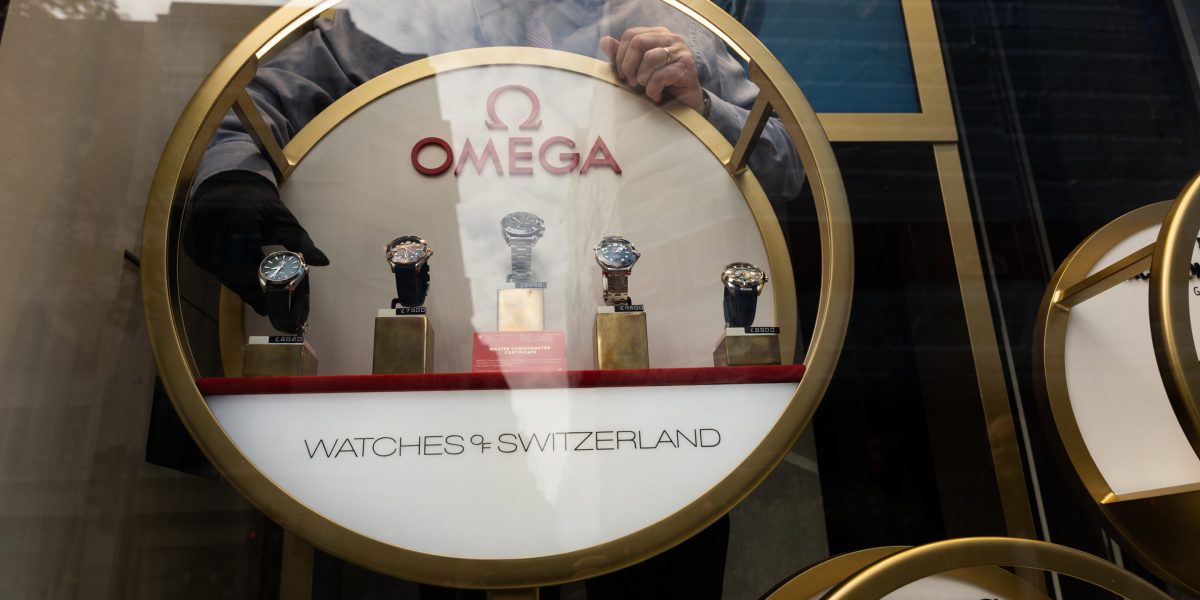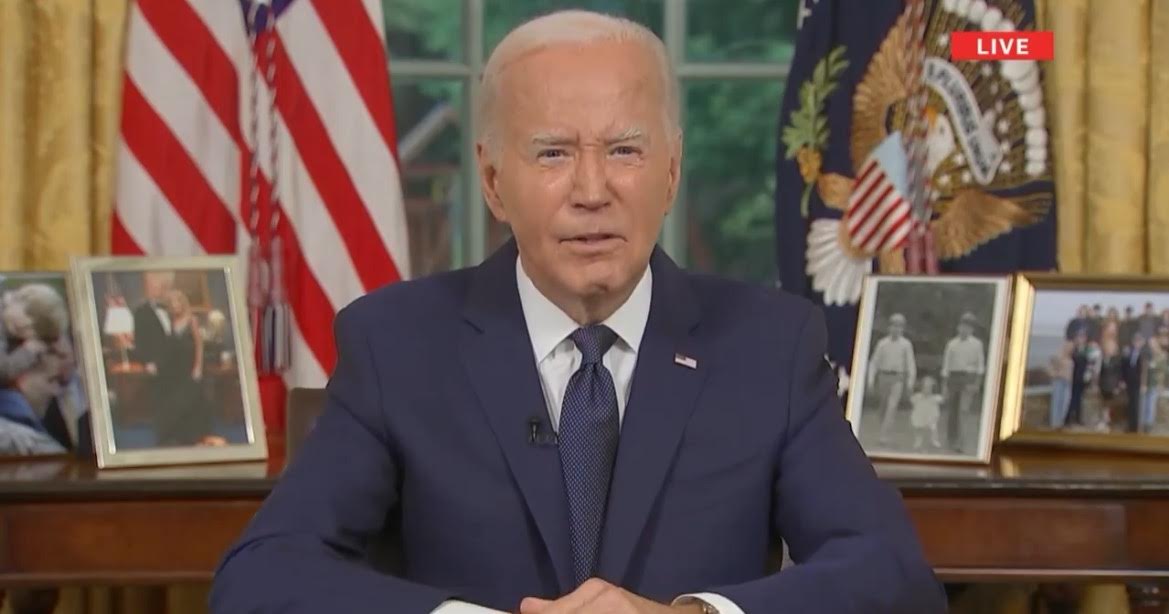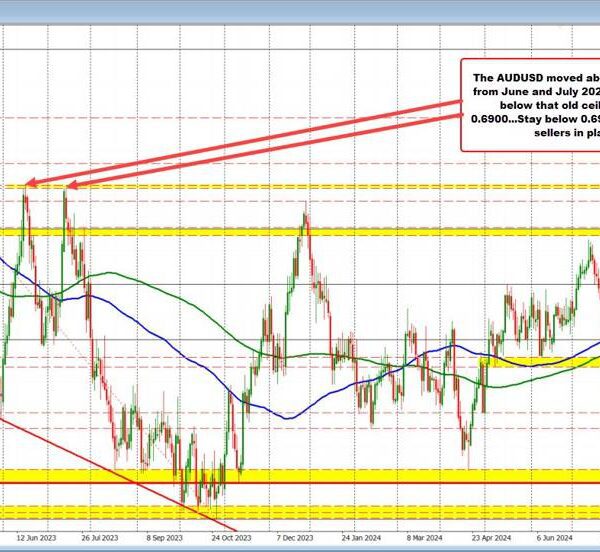

Swatch Group AG’s shares fell the most in four years after sales and profit plunged amid a China-led slowdown for Swiss watchmakers and other luxury companies.
The group, whose brands include Omega, Blancpain and jeweler Harry Winston, reported a 70% drop in operating profit and 14% drop in sales for the first six months of the year.
Swatch Group shares fell as much as 10% in early Zurich trading, the most since March 2020.
The results underscore the downturn in demand for luxury goods in China as consumers in that key market shun purchases of pricey items. Swatch Group Chief Executive Nick Hayek, in an interview, said the company has cut production by more than 20% while keeping its workforce intact to ride out the downturn.
“The big impact is really mainly China,” he said.
Hayek said he expects the Chinese market including Hong Kong and Macau to remain challenging for the entire luxury goods industry until the end of the year. Entry-priced brands such as Swatch and Tissot will fare better than luxury brands such as Omega, Blancpain and Breguet, he said.
RBC analyst Piral Dadhania said the Swatch Group results are worse than expected and he anticipates “material earnings downgrades.”
Bernstein analyst Luca Solca called the report “really bad,” and said the company’s key Omega brand may be suffering from more availability of models at retail from rival Rolex, the top Swiss watch brand.
Like other luxury watchmakers, Swatch has been under pressure since soaring inflation caused consumers to curb spending after a pandemic boom. Less wealthy buyers have been squeezed the most, hitting sales of entry and mid-priced models.
Management at the company, which is controlled by Switzerland’s Hayek family, has also clashed with some shareholders who have criticized corporate governance and share-price performance. Swatch shares have declined about 17% in 2024.
Hayek said the company is retaining workers to avoid the “short-term thinking” typical of many publicly traded firms, in order to be ready when the market recovers. Otherwise, he said, it would have slashed the workforce by more than 30%.














